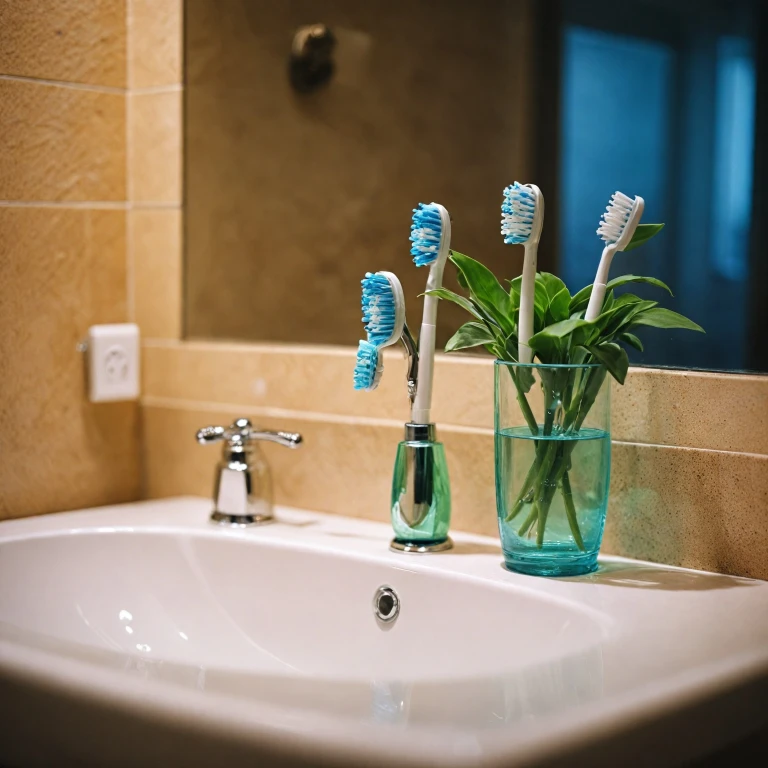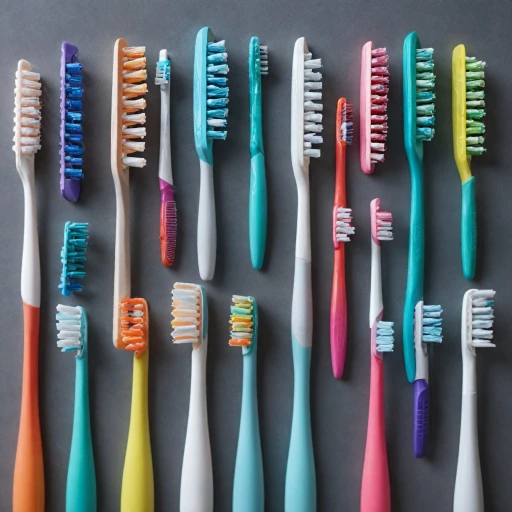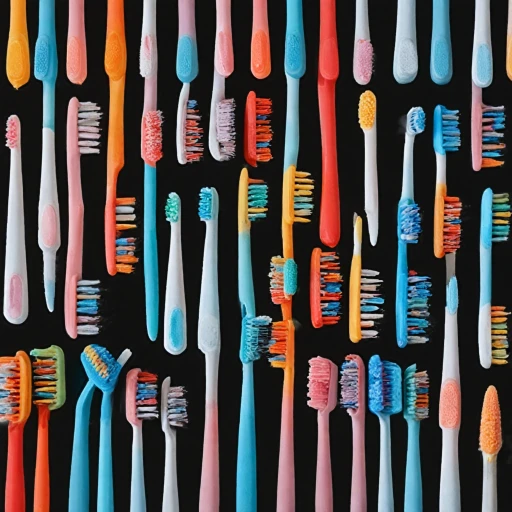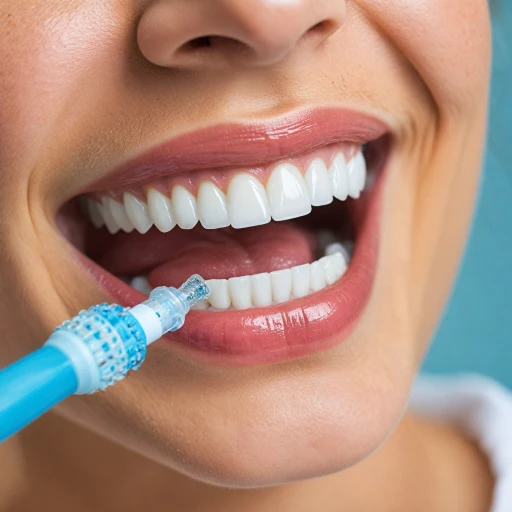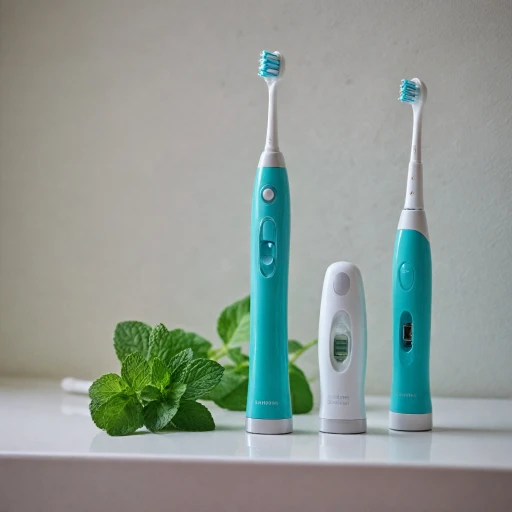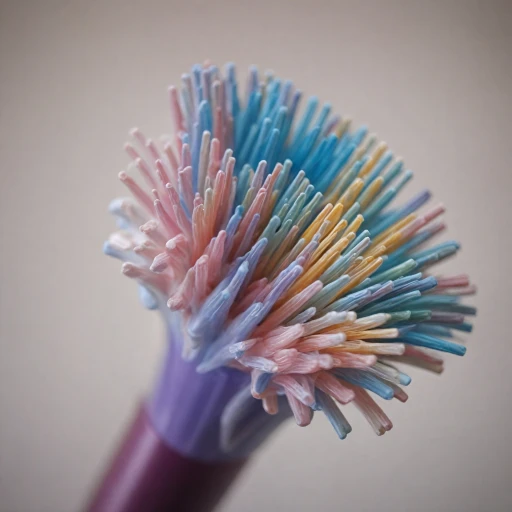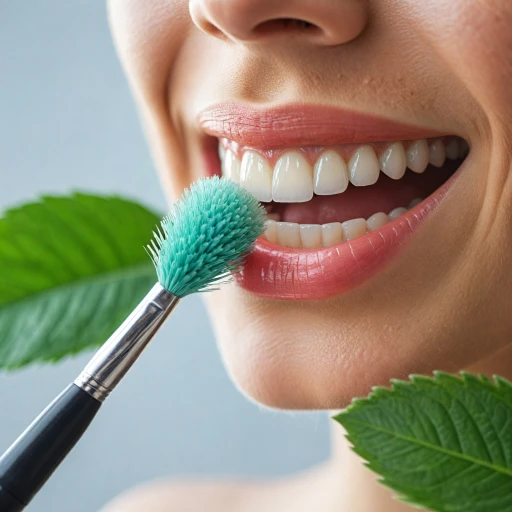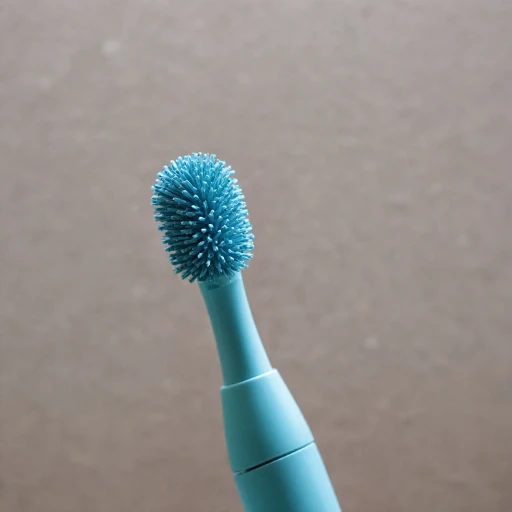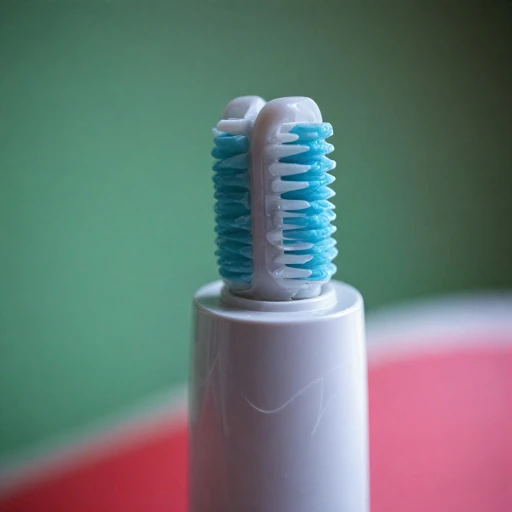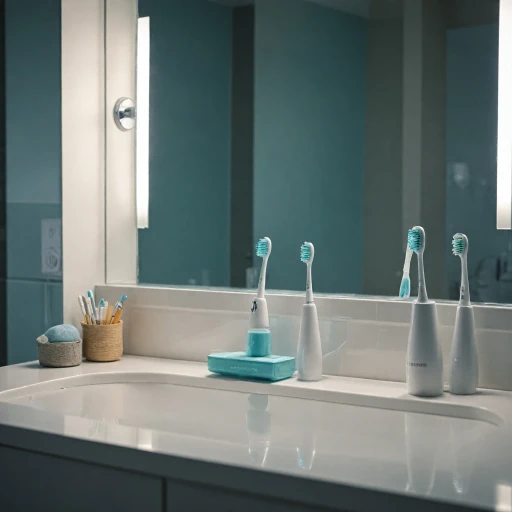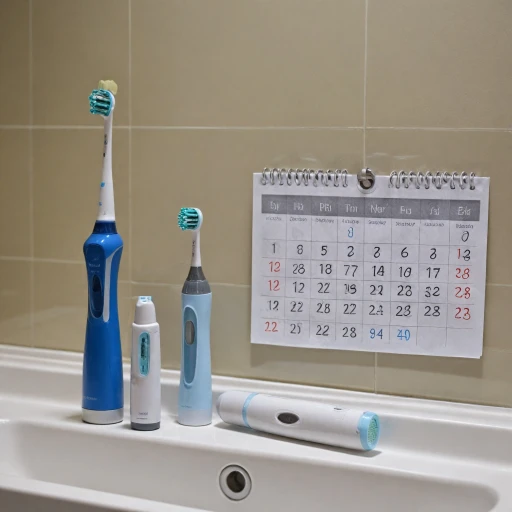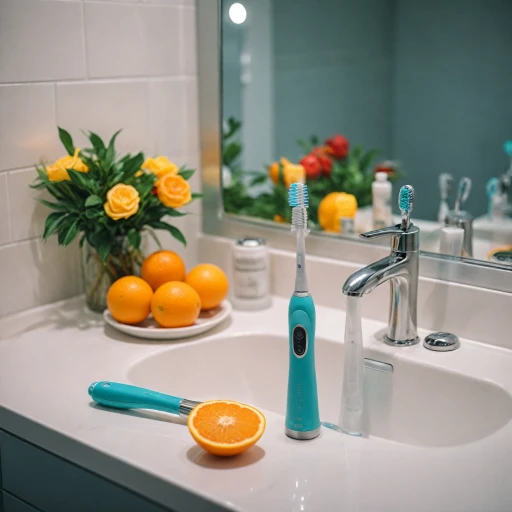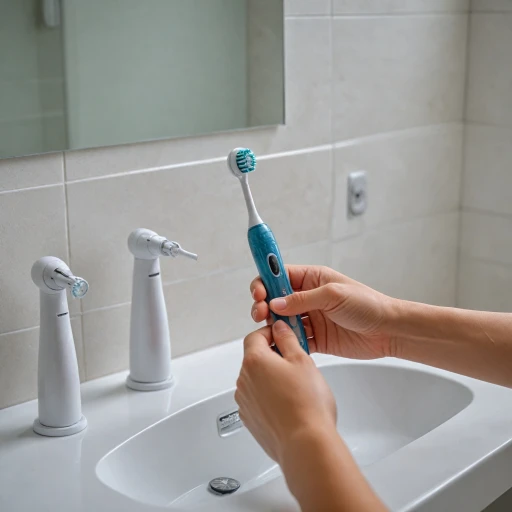
Understanding the Lifespan of an Electric Toothbrush Head
Decoding the Longevity of Your Brush's Companion
The lifespan of an electric toothbrush head is an essential consideration for ensuring effective oral care. Generally, the average toothbrush head lasts approximately three months, but this can vary depending on usage and individual circumstances. For those who are meticulous about their oral hygiene, keeping track of how often should you replace your electric toothbrush head is crucial to maintaining optimal cleaning performance.
The durability of your brush head also depends on the pressure exerted during brushing and the frequency of your brushing routine. Bristles inevitably wear over time and may not clean teeth as efficiently. With regular use, these worn-out bristles may compromise the toothbrush's ability to remove plaque and maintain gum health.
In addition to maximizing your toothbrush's effectiveness, adhering to a consistent replacement schedule also plays a pivotal role in preventing potential oral health issues, such as gum disease. With numerous electric toothbrushes available in the market, it is vital to ensure that your electric toothbrush is up to the task of keeping your oral environment clean and healthy.
Signs It's Time to Change Your Electric Toothbrush Head
Identifying When Your Brush Isn't Doing Its Job
An electric toothbrush serves as a pivotal tool in maintaining your oral hygiene. However, the effectiveness of your brush can diminish over time, necessitating a replacement. Being aware of the signs that your toothbrush head needs changing is crucial to ensuring optimal oral health.
- Frayed Bristles: One of the most obvious indicators that it's time to replace your brush head is frayed or worn-out bristles. The bristles should be straight and flexible to effectively clean your teeth and remove plaque. Bent bristles fail to clean effectively, impacting your brushing routine.
- Decreased Cleaning Efficiency: If you notice that despite regular brushing, your teeth don't feel as clean or you find remnants of plaque even after brushing, it's a sign that the toothbrush head has lost its efficacy and should be replaced.
- Color Changes: Many toothbrush heads come with indicator bristles that change color with use. If the bristles have faded significantly, it's a visual cue that you should change your brush head.
- Gum Discomfort: Experiencing gum irritation or unusual sensitivity may signal that the bristles are too worn down to provide the gentle cleaning action necessary for healthy gums, prompting the need for a replacement.
- Time Frame: It is generally recommended to replace your toothbrush head every three months. This timeframe ensures that you are using a fresh, effective head that supports teeth whitening and prevents gum disease. However, if you notice any signs sooner, don't hesitate to change your electric toothbrush head earlier. For more insights, consider understanding the importance of brush replacement heads.
Regularly replacing your brush head is vital in preventing oral health issues and maintaining the overall efficacy of electric toothbrushes. Paying attention to the signs of wear can make a substantial difference in your oral care routine.
Impact of Worn-Out Toothbrush Heads on Oral Health
Why an Old Brush Head Can Impact Your Smile
Using a worn-out electric toothbrush head can inadvertently affect your oral health. Over time, the bristles on your electric toothbrush head wear down and lose their effectiveness. This degradation compromises the cleaning power, making it harder to remove plaque and other debris from your teeth.
When the toothbrush head has seen better days, achieving that ideal level of teeth cleaning and gum disease prevention becomes difficult. As the bristles wear out, they fail to effectively reach those tricky spots in your mouth, leading to a buildup of plaque and an increase in risk for oral care problems.
Moreover, dull bristles can irritate your gums rather than provide a gentle and effective brushing experience. Persistent use of an outdated brush head might even hinder any teeth whitening efforts, as a clean mouth is crucial for maintaining brightness. Don't let neglected toothbrush heads compromise your smile's health.
Regular replacement is recommended to maintain optimal oral hygiene. Signs It's Time to Change your electric toothbrush head include bent or splayed bristles and a worsening plaque condition. Keeping your oral health in check requires attention to these details and ensuring your toothbrush is in peak condition for effective brushing every three months.
Best Practices for Maintaining Your Electric Toothbrush
Ensuring Longevity and Efficiency
Maintaining your electric toothbrush is key to ensuring its effectiveness in promoting optimal oral health. Regular care and attention can significantly extend the lifespan of your device, allowing you to continue benefiting from its superior plaque-removing capabilities. Here are some best practices to keep your electric toothbrush in top condition:- Regularly Clean the Brush Head: After each use, rinse the brush head thoroughly to remove any toothpaste residue or debris. This simple step ensures your bristles remain effective and minimizes bacterial buildup.
- Never Skip Drying: Allow the brush head to air dry completely after each use. Consider taking it off the toothbrush when not in use to prevent moisture from lingering, which can cause the bristles to wear out faster.
- Store Appropriately: Keep your toothbrush in an upright position and avoid storing it in closed containers or covers while wet, as this can promote mold growth and foul odors.
- Regularly Inspect the Brush Head: Examining your brush head frequently is critical to identifying when it's time for a change. Physical wear and tear, such as frayed bristles, compromises cleaning efficiency.
- Use the Right Pressure: Applying excessive pressure while brushing can damage both the toothbrush and your gums. Ensure you're using gentle yet effective strokes for comprehensive oral care.
- Power Source Care: If your toothbrush uses replaceable batteries, check them routinely to prevent leakage or corrosion. For rechargeable models, avoid overcharging as it may decrease battery life over time.
Comparing Different Electric Toothbrush Models
Evaluating Features Across Leading Models
When it comes to choosing the right electric toothbrush, the variety of models available can be overwhelming. Each model has unique features that cater to specific oral health needs. Understanding these can help tailor your choice to optimize your brushing routine and effectively maintain your oral care. Consider these factors when evaluating different electric toothbrushes:- Brushing Modes: Many advanced toothbrushes offer multiple brushing modes, such as sensitive, teeth whitening, or gum care, allowing for personalization based on your oral health requirements.
- Battery Life: This can vary significantly from one model to another. If frequent charging is inconvenient, opt for a brush with a long-lasting battery, ensuring uninterrupted cleaning sessions.
- Smart Technology: Some models feature connectivity to smartphone apps that track your brushing habits, providing insights into how you can improve your technique or reminding you it's time for a brush head replacement.
- Brush Heads Compatibility: Make sure replacement heads are readily available and consider the cost, as high replacement costs can quickly add up.
- Pressure Sensors: To prevent gum damage, some electric toothbrushes have built-in pressure sensors that alert you if you're brushing too hard, which can help reduce the risk of gum disease.
- Timer Features: A built-in timer encourages brushing for the dentist-recommended two minutes, ensuring comprehensive coverage of your teeth.
Why Change Models?
If your current model lacks certain features that are beneficial for your oral hygiene, it may be time to consider an upgrade. Keeping in line with advancements in electric toothbrush technology ensures better cleaning efficiency, plaque removal, and overall oral health.Matching Technology with Your Oral Health Goals
Ultimately, selecting an electric toothbrush that aligns with your personal oral care goals is crucial. Whether it's enhancing teeth whitening or improving gum health, a carefully chosen toothbrush can significantly impact your daily routine's effectiveness, ensuring a bright, healthy smile. By evaluating these components, you can choose a toothbrush that not only serves its primary function of cleaning your teeth but also contributes to long-term oral hygiene management.Environmental Considerations in Toothbrush Replacement
Environmental Impact of Replacing Your Toothbrush
As the awareness about sustainability grows, it’s crucial to consider the environmental impact of frequently replacing electric toothbrush heads. Although maintaining your oral hygiene by changing your toothbrush head every three months is beneficial for your teeth and gums, it's important to weigh the ecological footprint of these actions.
Electric toothbrushes are generally considered more sustainable than their manual counterparts because of their longer lifespan. However, the brush heads themselves need frequent replacement to ensure optimal cleaning and oral health. This frequent turnover can contribute to waste if not managed properly. Here are a few points to consider:
- Recycling Options: Check if the manufacturer of your electric toothbrush offers a recycling program for used brush heads. Many brands are taking steps to reduce their environmental impact by providing options to recycle or dispose of toothbrush heads responsibly.
- Material Choice: Opt for brands that use biodegradable or recyclable materials in their toothbrush heads. Some companies are now using plant-based plastics that are more environmentally friendly.
- Durability: Purchasing high-quality toothbrush heads designed to last for their three-month lifespan can reduce the frequency of replacements, thus lessening environmental impact.
Beyond the brush heads, ensure that your electric toothbrush's battery is rechargeable and holds a charge well over time. This not only keeps your toothbrush performing effectively but also reduces the need for frequent battery disposal. By considering these factors, you can maintain your oral health while also minimizing harm to the environment.
